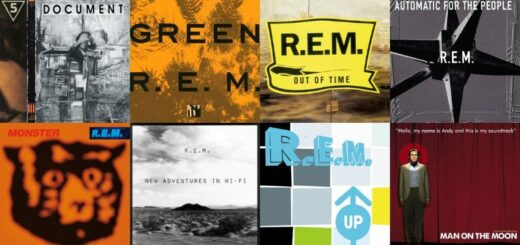List of Black Sabbath Albums in Order of Release
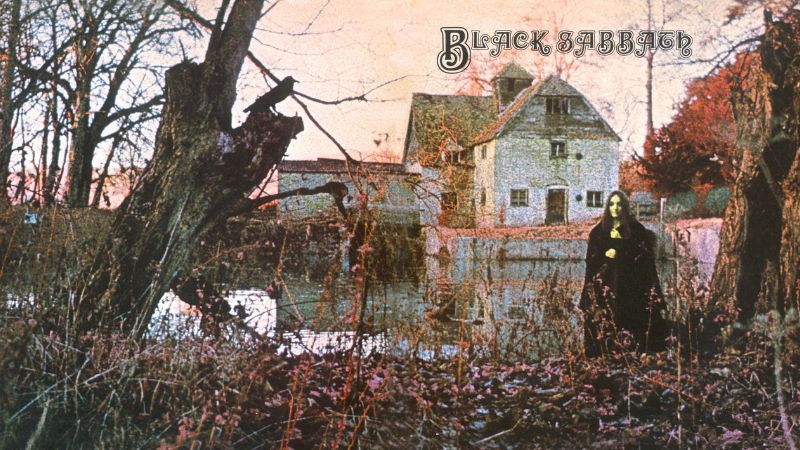
Black Sabbath Albums in Order: From the ominous beginnings of their self-titled debut in 1970 to the seismic impact of ‘Paranoid’ and ‘Master of Reality,’ the English rock band Black Sabbath forged a legacy that reshaped the landscape of heavy metal music.
Black Sabbath emerged from Birmingham in 1968, a force that would redefine rock music forever. With Ozzy Osbourne’s haunting vocals, Tony Iommi’s masterful guitar work, Geezer Butler’s pulsating basslines, and Bill Ward’s thunderous drumming, they pioneered the heavy metal genre. Despite critical skepticism, their self-titled debut in 1970 paved the way for seismic albums like “Paranoid” and “Master of Reality,” solidifying their status as genre architects.
Yet, the band’s trajectory saw shifts; Osbourne’s departure in 1979 ushered in a revolving door of lineup changes, with Iommi as the sole constant. From Ronnie James Dio to Ian Gillan, the band explored different vocal frontiers while traversing experimental and progressive sounds. Their hiatuses were punctuated by reunions, most notably in ’97 and 2011, each heralded by sold-out tours and album releases. A tumultuous journey marked by artistic evolution and personal turbulence reached its pinnacle with their final studio album “13” in 2013 and culminated in a farewell tour, concluding with a momentous final show in their hometown in 2017.
Even after their farewell, Black Sabbath’s legacy looms large as one of the most commercially successful heavy metal bands, selling over 70 million records globally and earning accolades like inductions into the Rock and Roll Hall of Fame and multiple Grammy Awards. Their impact on music is undeniable, solidifying their place as icons of the genre and etching their name in the annals of rock history. So, if you are a die heart fan of Black Sabbath Albums then check out here we have list of Black Sabbath albums in order of release so far.
All Black Sabbath Albums Available on: Apple Music
How many albums does Black Sabbath have?
The discography of Black Sabbath, an English heavy metal band, includes 19 studio albums, eight live albums, 13 compilation albums, nine video albums, three extended plays and 37 singles.
All Black Sabbath Albums in Order: Check Out The List of Black Sabbath Albums in Order of Release Here!
Here is the list of Black Sabbath Album in Order of Release Date:
- Black Sabbath — 13 February 1970
- Paranoid — 18 September 1970
- Master of Reality — 21 July 1971
- Vol. 4 — 25 September 1972
- Sabbath Bloody Sabbath — 1 December 1973
- Sabotage — 28 July 1975
- Technical Ecstasy — 25 September 1976
- Never Say Die! — 28 September 1978
- Heaven and Hell — 25 April 1980
- Mob Rules — 4 November 1981
- Born Again — 7 August 1983
- Seventh Star — 28 January 1986
- The Eternal Idol — 1 November 1987
- Headless Cross — 1 April 1989
- Tyr — 20 August 1990
- Dehumanizer — 22 June 1992
- Cross Purposes — 31 January 1994
- Forbidden — 8 June 1995
- 13 — 10 June 2013
Black Sabbath Albums List in Order
1. Black Sabbath (1970)
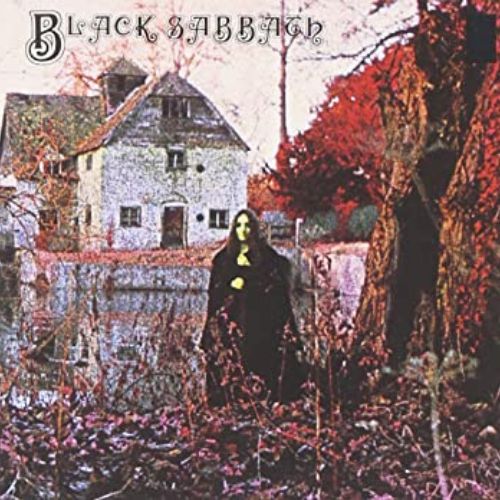
Tracks
European edition
- Black Sabbath
- The Wizard
- Behind the Wall of Sleep
- N.I.B.
- Evil Woman
- Sleeping Village
- Warning
North American edition
- Black Sabbath
- The Wizard
- Wasp / Behind the Wall of Sleep / Bassically / N.I.B.
- Wicked World
- A Bit of Finger / Sleeping Village / Warning
Black Sabbath’s self-titled debut album, released in February 1970, marks a pivotal moment in music history, heralding the birth of heavy metal. Widely acclaimed as the genre’s inaugural album, its opening track, ‘Black Sabbath,’ is hailed as the genesis of doom metal. Achieving chart success, the album peaked at number eight on the UK Albums Charts and reached number 23 on the US Billboard Top LPs chart. Recognized in Robert Dimery’s ‘1001 Albums You Must Hear Before You Die,’ this groundbreaking release remains a cornerstone, etching its place as a seminal work in the evolution of heavy music.
2. Paranoid (1970)
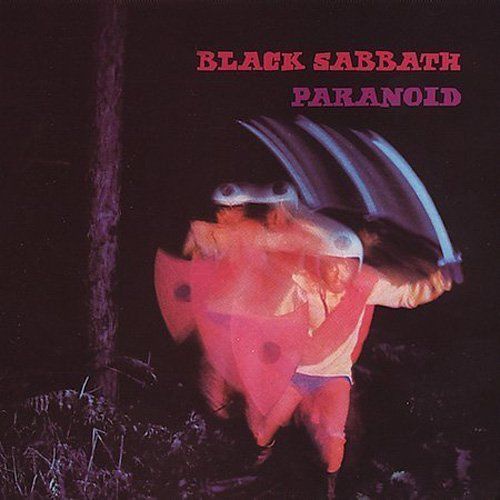
Tracks
- War Pigs
- Paranoid
- Planet Caravan
- Iron Man
- Electric Funeral
- Hand of Doom
- Rat Salad
- Fairies Wear Boots
Released in 1970, ‘Paranoid’ stands as Black Sabbath’s seminal second studio album, featuring iconic tracks like ‘Iron Man,’ ‘War Pigs,’ and the title song, which soared to number 4 on the UK charts. Recognized as a cornerstone of heavy metal, it’s hailed for shaping the genre’s evolution and remains a pivotal influence. Its impact endures, with Rolling Stone ranking it 139th on their ‘500 Greatest Albums of All Time’ and claiming the top spot on the ‘100 Greatest Metal Albums of All Time’ list in 2017. Notably, ‘Paranoid’ reigned atop the UK Albums Chart, marking Black Sabbath’s chart-topping prowess until the arrival of ’13’ in 2013.
3. Master of Reality (1971)
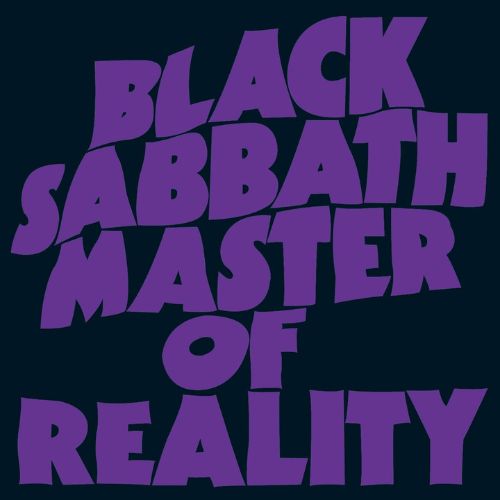
Tracks
- Sweet Leaf
- After Forever
- Embryo
- Children of the Grave
- Orchid
- Lord of This World
- Solitude
- Into the Void
Released in August 1971, ‘Master of Reality’ by Black Sabbath is a pivotal third studio album lauded for pioneering doom, stoner, and sludge metal. Produced by Rodger Bain at London’s Island Studios, the album’s downtuned guitars and bass resulted in a ‘bigger, heavier sound,’ according to guitarist Tony Iommi. Despite initial critical backlash, it soared to UK’s Top 5 and US Billboard 200’s Top 10. Over time, it earned acclaim as one of heavy metal’s greatest works, achieving double platinum status by selling over two million copies. This album stands as a cornerstone, solidifying Black Sabbath’s influential mark on the genre.
4. Vol. 4 (1972)
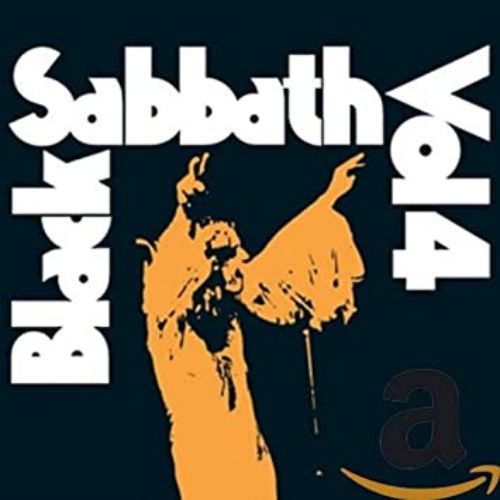
Tracks
- Wheels of Confusion
- Tomorrow’s Dream
- Changes
- FX
- Supernaut
- Snowblind
- Cornucopia
- Laguna Sunrise
- St. Vitus Dance
- Under the Sun
“Vol. 4,” Black Sabbath’s fourth studio album, debuted in September 1972, marking a pivotal shift as guitarist Tony Iommi took on production duties, a departure from their previous albums produced by Rodger Bain. Though credited as co-producer, the band’s manager, Patrick Meehan, had minimal involvement. This album showcased a departure from their signature dark themes, exploring diverse musical styles and lyrical themes. “Vol. 4” remains a significant chapter in the band’s evolution, offering a compelling glimpse into their experimentation and departure from their established sound.
5. Sabbath Bloody Sabbath (1973)
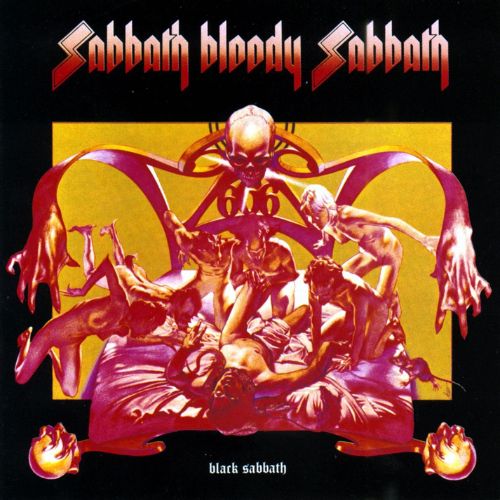
Tracks
- Sabbath Bloody Sabbath
- A National Acrobat
- Fluff
- Sabbra Cadabra
- Killing Yourself to Live
- Who Are You?
- Looking for Today
- Spiral Architect
Sabbath Bloody Sabbath, Black Sabbath’s fifth studio album, debuted in November 1973, produced and recorded at London’s Morgan Studios in September that year. The album’s genesis faced hurdles amidst substance abuse and exhaustion post their global tour for ‘Vol. 4’. Starting in Los Angeles, the writing process shifted to Clearwell Castle in Gloucestershire, England, where Tony Iommi birthed the iconic riff for the title track and lead single. This transformative album, blending eerie atmospheres and heavy riffs, marked a pivotal creative moment for the band, showcasing their resilience and musical evolution amidst personal challenges.
6. Sabotage (1975)
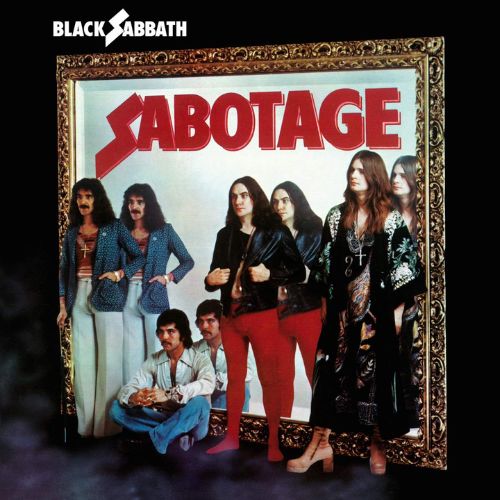
Tracks
- Hole in the Sky
- Don’t Start (Too Late)
- Symptom of the Universe
- Megalomania
- Thrill of It All
- Supertzar
- Am I Going Insane (Radio)
- The Writ
Sabotage, Black Sabbath’s sixth studio album, arrived in July 1975 amid a tense legal dispute with ex-manager Patrick Meehan, influencing its thematic essence. The strain of the legal battle seeped into the recording sessions, lending weight to the album’s title. Co-produced by guitarist Tony Iommi and Mike Butcher, its creation was infused with the tension and stress faced during this tumultuous period. Despite the adversity, the album stands as a testament to the band’s resilience, showcasing their ability to channel hardships into their music, delivering a compelling addition to their discography.
7. Technical Ecstasy (1976)
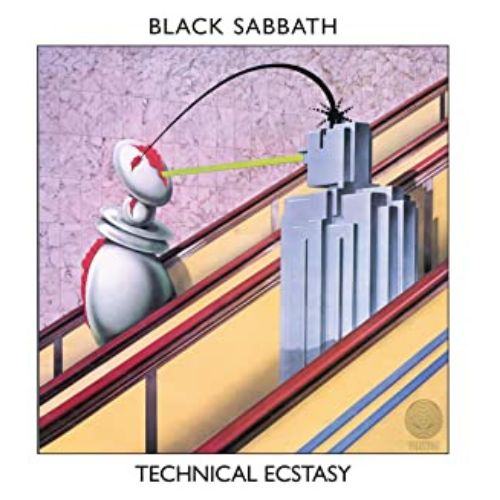
Tracks
- Back Street Kids
- You Won’t Change Me
- It’s Alright
- Gypsy
- All Moving Parts (Stand Still)
- Rock ‘n’ Roll Doctor
- She’s Gone
- Dirty Women
“Technical Ecstasy,” Black Sabbath’s seventh studio album, released on September 25, 1976, was helmed by guitarist Tony Iommi. Despite mixed critical reception, the record proved a commercial triumph, hitting number 13 on the UK Albums Chart and securing the 51st spot on the US Billboard 200. Recognized by the RIAA with Gold certification in 1997, the album showcased the band’s experimental inclinations. While opinions varied among critics, its success underscored Black Sabbath’s enduring appeal and marked another milestone in their discography within the evolving heavy metal landscape of the time.
8. Never Say Die! (1978)
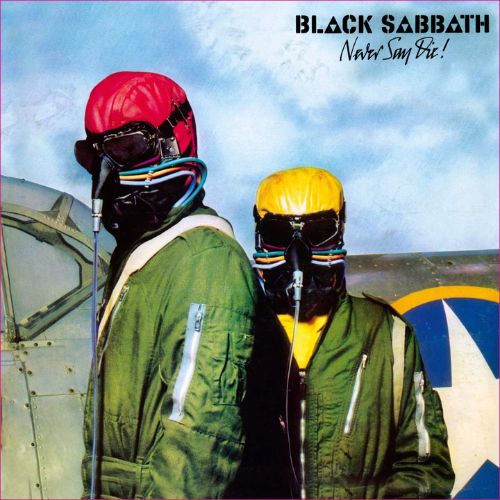
Tracks
- Never Say Die
- Johnny Blade
- Junior’s Eyes
- A Hard Road
- Shock Wave
- Air Dance
- Over to You
- Breakout
- Swinging the Chain
Released on 29 September 1978, ‘Never Say Die!’ marked the finale for Black Sabbath’s original lineup and Ozzy Osbourne’s departure until their 2013 reunion album, ’13.’ Achieving Gold status in the U.S. in 1997, it sold 133,000 copies there by November 2011. Despite commercial success, the album faced critical ambivalence, labeled ‘unbalanced’ for its varied energy. Critics lamented the lack of cohesion, citing a scattered focus. This eighth studio album, while significant as the band’s farewell with Osbourne at the helm, elicited mixed reviews, reflecting a departure in sound and a pivotal transition in the band’s history.
9. Heaven and Hell (1980)
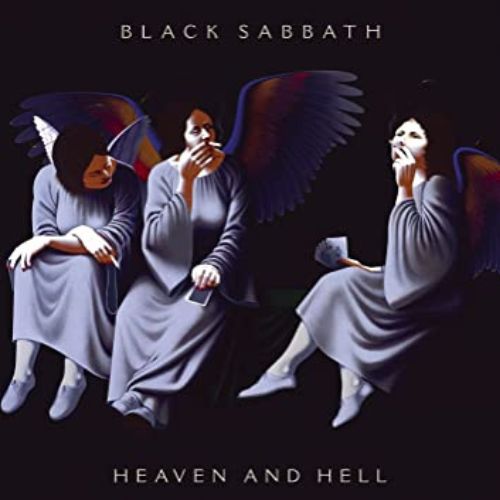
Tracks
- Neon Knights
- Children of the Sea
- Lady Evil
- Heaven and Hell
- Wishing Well
- Die Young
- Walk Away
- Lonely Is the Word
“Heaven and Hell,” Black Sabbath’s ninth studio album, debuted in 1980, marking the introduction of vocalist Ronnie James Dio after Ozzy Osbourne’s departure. Produced by Martin Birch, it became a commercial triumph, hitting number 28 on the Billboard 200 and earning platinum status in the US with over a million copies sold. In the UK, it achieved silver certification by the British Phonographic Industry in April 1982, showcasing solid sales. This album not only marked a significant transition for the band with Dio’s powerful vocals but also underscored their enduring popularity, resonating strongly with fans on both sides of the Atlantic.
10. Mob Rules (1981)
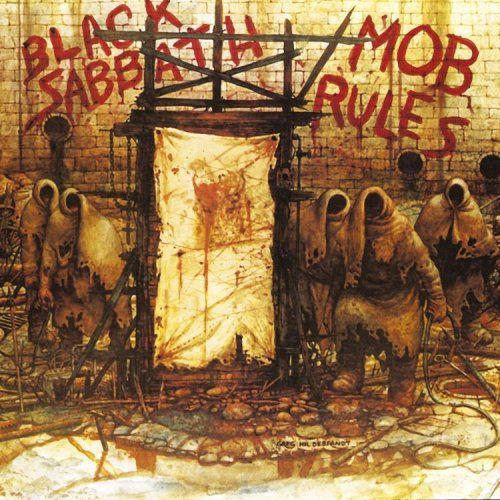
Tracks
- Turn Up the Night
- Voodoo
- The Sign of the Southern Cross
- E5150
- The Mob Rules
- Country Girl
- Slipping Away
- Falling Off the Edge of the World
- Over and Over
Black Sabbath’s ‘Mob Rules,’ their tenth studio album, debuted in November 1981, succeeding ‘Heaven and Hell’ from the prior year. This release marked the second appearance of lead singer Ronnie James Dio and introduced drummer Vinny Appice. Both departed until their return for the 1992 album ‘Dehumanizer.’ Produced and engineered by Martin Birch, the album garnered a remastered Deluxe Edition in 2010 and an expanded release in 2021, showcasing the band’s evolving sound and Dio’s influential presence within Black Sabbath’s storied discography.
11. Born Again (1983)
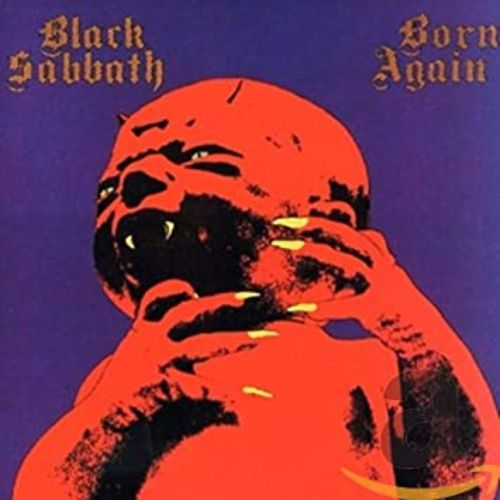
Tracks
- Trashed
- Stonehenge
- Disturbing the Priest
- The Dark
- Zero the Hero
- Digital Bitch
- Born Again
- Hot Line
- Keep It Warm
Black Sabbath’s ‘Born Again,’ released in September 1983, stands as their eleventh studio album and the sole recording featuring vocalist Ian Gillan from Deep Purple. Notably, it marks the departure of bassist Geezer Butler and drummer Bill Ward for nearly a decade, although Ward contributed to a later live album. Despite mixed critical reception, the album soared commercially, peaking at No. 4 on the UK charts and securing a top 40 spot in the US. In a recent update, guitarist Tony Iommi confirmed the recovery of the original master tapes, hinting at a possible remix for a future re-release of this pivotal album.
12. Seventh Star (1986)
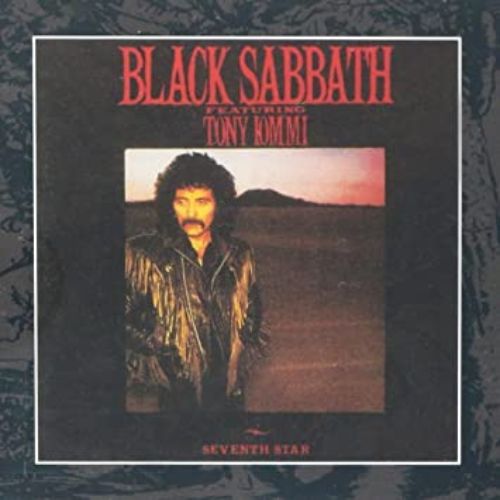
Tracks
- In for the Kill
- No Stranger to Love
- Turn to Stone
- Sphinx (The Guardian)
- Seventh Star
- Danger Zone
- Heart Like a Wheel
- Angry Heart
- In Memory…
“Seventh Star,” Black Sabbath’s twelfth studio album, emerged in January 1986 amid a lineup shift, showcasing Tony Iommi, Geoff Nicholls, Eric Singer, and Dave Spitz. Notably, it marked a departure as it featured ex-Deep Purple vocalist Glenn Hughes, replacing departed Geezer Butler. Originally planned as Iommi’s solo debut, pressures from Warner Bros. Records led to its release as Black Sabbath featuring Tony Iommi. Despite production challenges, the album attained moderate commercial success, peaking at #27 in the UK and #78 on the Billboard 200 chart, reflecting a transitional phase for the band in the absence of Butler’s lyrical prowess.
13. The Eternal Idol (1987)
Tracks
- The Shining
- Ancient Warrior
- Hard Life to Love
- Glory Ride
- Born to Lose
- Nightmare
- Scarlet Pimpernel
- Lost Forever
- Eternal Idol
The Eternal Idol, Black Sabbath’s 13th studio album, debuted in November and December 1987 (UK and US respectively), marking vocalist Tony Martin’s debut. The album lingered on the Billboard 200 chart for six weeks, peaking at 168. Notably, it was the band’s final Warner Bros. Records release in North America and the last under their original label Vertigo Records until 2013’s ’13.’ Serving as a transition in the band’s history, this album signified a shift in lineup and label, encapsulating a pivotal moment before their subsequent ventures into new creative territories.
14. Headless Cross (1989)
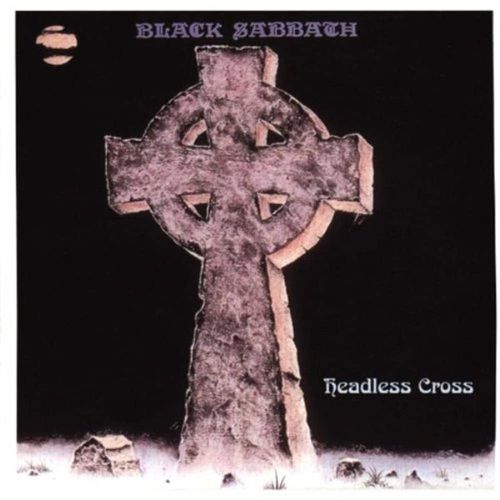
Tracks
- The Gates of Hell
- Headless Cross
- Devil & Daughter
- When Death Calls
- Kill in the Spirit World
- Call of the Wild
- Black Moon
- Nightwing
- Cloak and Dagger
“Headless Cross,” Black Sabbath’s 14th studio album, emerged in April 1989, marking vocalist Tony Martin’s second appearance and introducing drummer Cozy Powell. Notably, it’s the sole album featuring bassist Laurence Cottle. This release showcased a revitalized sound, blending the band’s signature heavy metal with a darker, more melodic tone. Tracks like the title song and “Devil & Daughter” highlighted their sonic evolution, earning praise for Tony Martin’s vocals and powerful instrumentals. While not a commercial chart-topper, “Headless Cross” remains a pivotal record in the band’s discography, solidifying Black Sabbath’s resilience and continued exploration within the heavy metal genre.
15. Tyr (1990)
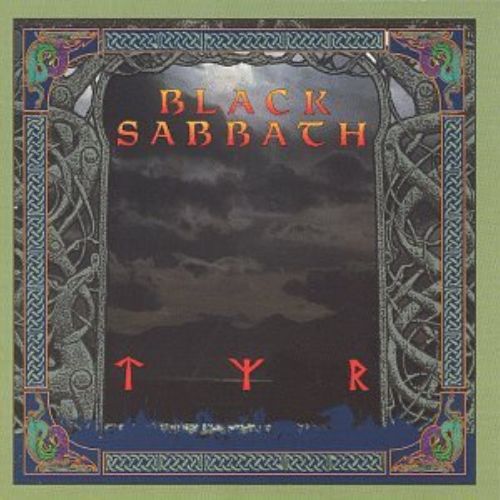
Tracks
- Anno Mundi
- The Law Maker
- Jerusalem
- The Sabbath Stones
- The Battle of Tyr
- Odin’s Court
- Valhalla
- Feels Good to Me
- Heaven in Black
Tyr, Black Sabbath’s fifteenth studio album, unleashed on August 20th, 1990 via I.R.S. Records, tantalized fans with its nods to Norse mythology. Despite assumptions of a concept album due to its title and thematic song titles, bassist Neil Murray clarified in 2005 that the album wasn’t intended as a cohesive mythological narrative. While elements of Norse mythology color the album’s songs, it’s not a concept record. Despite this, the album intrigued listeners with its loose connections to the mythos, showcasing the band’s musical prowess and thematic exploration, diverging from a definitive thematic structure.
16. Dehumanizer (1992)
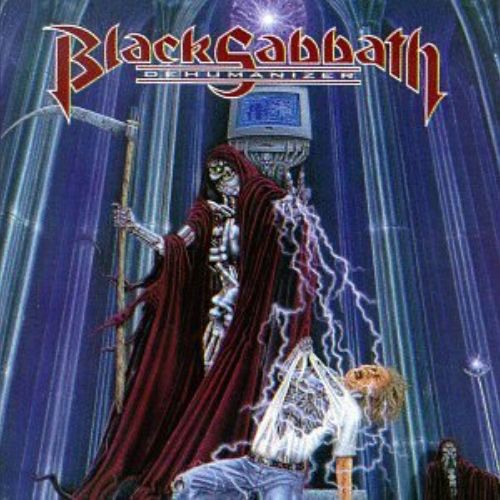
Tracks
- Computer God
- After All (The Dead)
- TV Crimes
- Letters from Earth
- Master of Insanity
- Time Machine
- Sins of the Father
- Too Late
- “I”
- Buried Alive
“Dehumanizer,” Black Sabbath’s sixteenth studio album, debuted in June 1992, marking a decade-long return for vocalist Ronnie James Dio and drummer Vinny Appice. Geezer Butler’s reappearance after nine years completed the lineup, effectively reuniting the Mob Rules era. Initially conceived with Cozy Powell on drums, Appice stepped in due to Powell’s injury, reshaping the album’s direction. Recorded at Monnow Valley Studios in Wales after intensive writing and demo sessions, the album stands as a testament to the band’s enduring chemistry.
The lineup resurfaced in 2006 for “Black Sabbath: The Dio Years” and later crafted “The Devil You Know” in 2009 under the banner Heaven & Hell. A reissue with additional content followed in 2011.
17. Cross Purposes (1994)
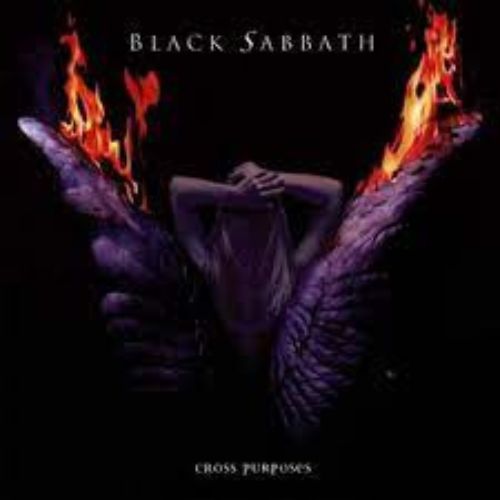
Tracks
- I Witness
- Cross of Thorns
- Psychophobia
- Virtual Death
- Immaculate Deception
- Dying for Love
- Back to Eden
- The Hand That Rocks the Cradle
- Cardinal Sin
- Evil Eye
Cross Purposes, Black Sabbath’s seventeenth studio album, emerged via I.R.S. Records on January 31, 1994. Signaling Tony Martin’s return as lead vocalist following Ronnie James Dio’s departure, the album epitomized the band’s resilient spirit. With Martin’s commanding vocals, the album navigated a return to their signature heavy sound, exploring themes of conflict and resolution. Despite mixed critical reception, it showcased the band’s enduring musical prowess and dedication to their roots, offering a powerful testament to their ability to evolve while staying true to their distinctive style.
18. Forbidden (1995)
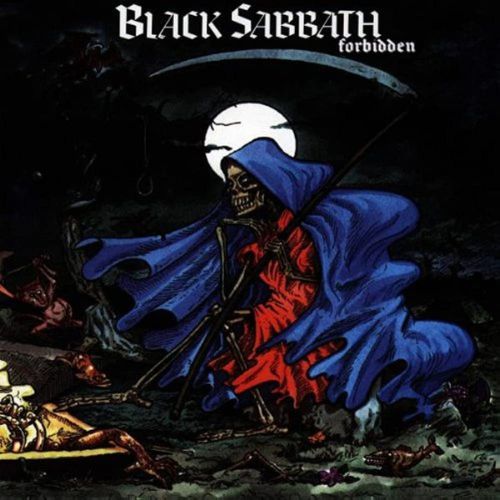
Tracks
- The Illusion of Power
- Get a Grip
- Can’t Get Close Enough
- Shaking Off the Chains
- I Won’t Cry for You
- Guilty as Hell
- Sick and Tired
- Rusty Angels
- Forbidden
- Kiss of Death
Released in June 1995, ‘Forbidden’ marked Black Sabbath’s 18th studio album and a reunion of their Tyr-era lineup. With Neil Murray and Cozy Powell returning, it was the swansong for vocalist Tony Martin and keyboardist Geoff Nicholls until the band’s 2013 resurgence. Despite a modest debut of 21,000 US copies and total sales of 191,000 by 2013, ‘Forbidden’ faced widespread criticism from both fans and critics. The album triggered a period of lineup changes and career uncertainty. Nonetheless, it set the stage for eventual reconciliation between original vocalist Ozzy Osbourne and guitarist Tony Iommi, marking a pivotal moment in the band’s trajectory.
19. 13 (2013)
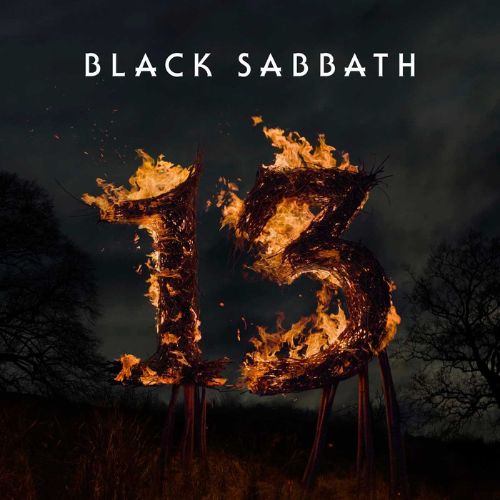
Tracks
- End of the Beginning
- God Is Dead?
- Loner
- Zeitgeist
- Age of Reason
- Live Forever
- Damaged Soul
- Dear Father
Black Sabbath’s ’13,’ their nineteenth and final studio album, marked a triumphant return after an 18-year hiatus, releasing on June 10, 2013, via Vertigo Records. This album reunited the iconic band’s original lineup with Ozzy Osbourne and Geezer Butler, the first since their live album ‘Reunion’ in 1998. Initially in the works since 2001 with producer Rick Rubin, delays ensued as Osbourne pursued his solo career. Drummer Brad Wilk joined due to Bill Ward’s absence, and despite production criticisms, singles like “God Is Dead?” garnered acclaim. The album claimed the Grammy for Best Metal Performance and soared to number-one status across various countries, certifying gold and platinum worldwide.
Thanks for Visit!


